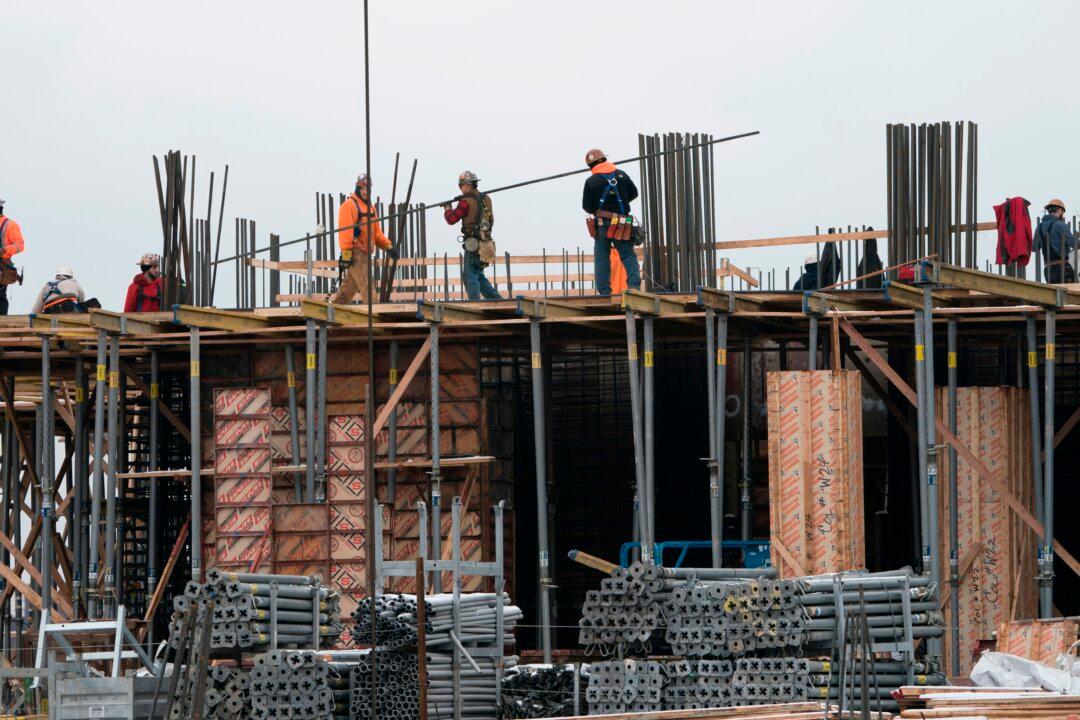Unemployment for Hispanic workers in the United States fell to a new record-low rate of 4.5 percent in July, surpassing the record 4.6 percent set just a month earlier.
The overall unemployment rate inched down to 3.9 percent from 4 percent in June, the Bureau of Labor Statistics (BLS) reported.





